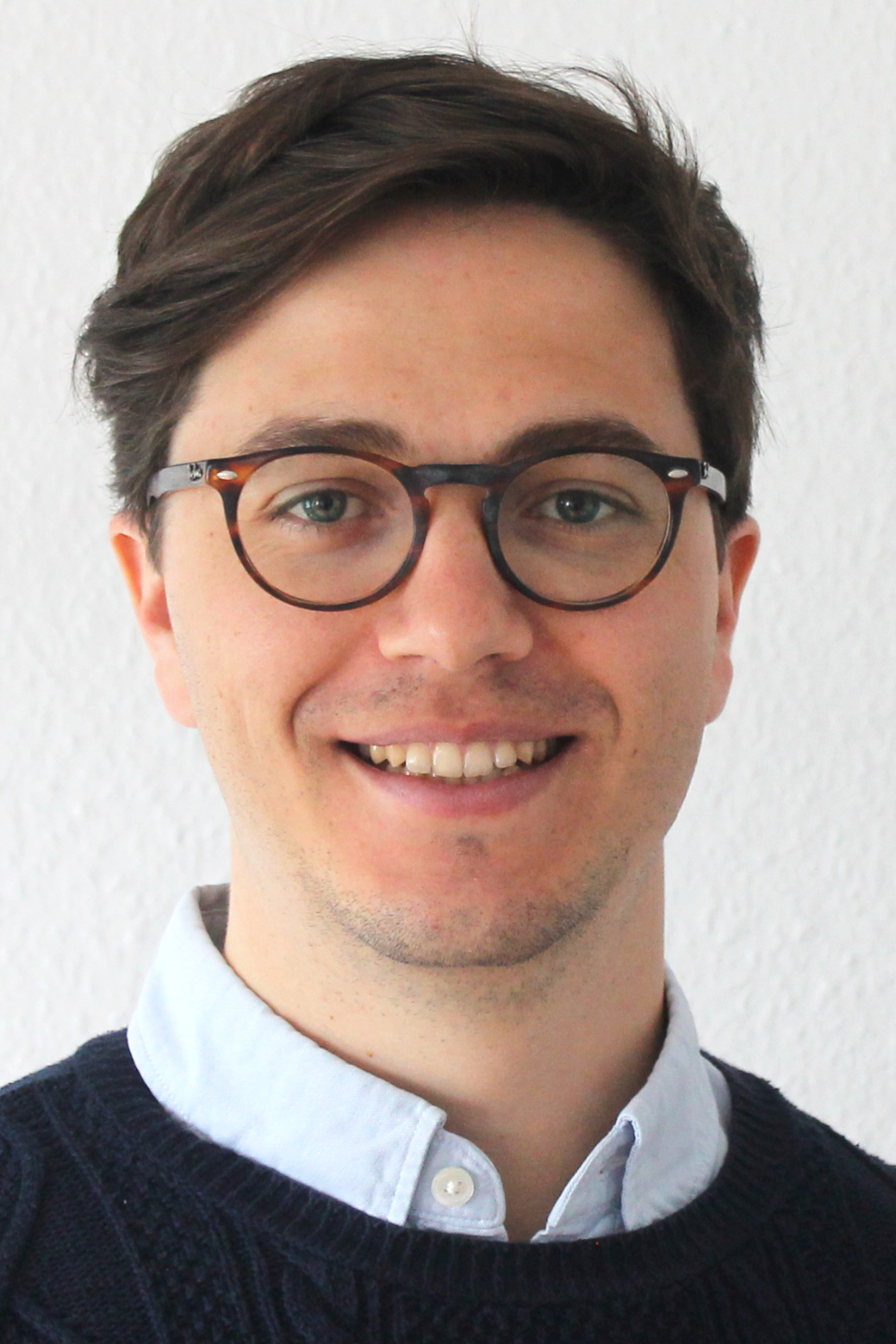Tristan Merbecks
Main engineering passions and convictions centre around the provision of affordable, environmentally friendly and socially conscious energy. Strong technical background, aptitude for problem solving, ability to communicate these concepts in multicultural environments and passion for both sustainable energy sources and the modelling of physical systems
- Ph.D. Student, Politecnico di Milano, Italy, and ETH Zürich, Switzerland (2021 – )
- Petroleum Engineer, Petroleum Experts Ltd, Edinburgh, Scotland, United Kingdom (2016 – 2021)
- MSc Chemical Engineering, University of Bath, Bath (United Kingdom) (Sept 2009- Jun 2016)
Project Title: Design and operation of a binary ORC plant for the exploitation of different geothermal sources, including two-phase sources
Host Institutions: PoliMi, ETH Zürich, Turboden S.p.A.
Supervisory Team: Paola Bombarda, Martin O. Saar, Claudio Pietra, Paolo Silva, Dario Alfani
Start date: 1.5.2021
ESR Objectives:
To develop a general design strategy for the power plant with particular reference to the geothermal fluid features to enlarge the consolidated application range, including two phase (liquid and steam) geothermal sources.
Furthermore, to increase knowledge on the thermodynamic properties of liquid, steam and non-condensable gases mixtures with different salinity, to improve plant design; on the salt precipitation mechanism to prevent a decrease of the plant performance; on the solubility of the CO2 in the geothermal fluid, including the energetic cost of the CO2 compression, to optimise the reinjection process.
Plans to optimise the overall power plant configuration and the design of the plant components using real data from existing power plants built by Turboden and to predict real operating conditions of ORC binary plants.
Research Update
We have developed a framework, GeoProp, for modelling the thermophysical properties of single and two-phase geothermal brines (e.g. water, dissolved minerals and non-condensable gases). GeoProp bridges the gap between two traditionally separate modelling disciplines – partition and property modelling – by coupling existing frameworks and models like Reaktoro, CoolProp, ThermoFun and Spycher-Pruess 2009.
More recent work has been focused on comparative simulations of direct steam cycle and binary ORC geothermal power plants to determine the viability envelope. We are currently working on coupling GeoProp with wopycle – developed by Lorenzo Galieti (ESR 5) – to create an open-source power plant simulation tool for geothermal power plants.



 This project has received funding from the European Union’s Horizon 2020 research and innovati
This project has received funding from the European Union’s Horizon 2020 research and innovati